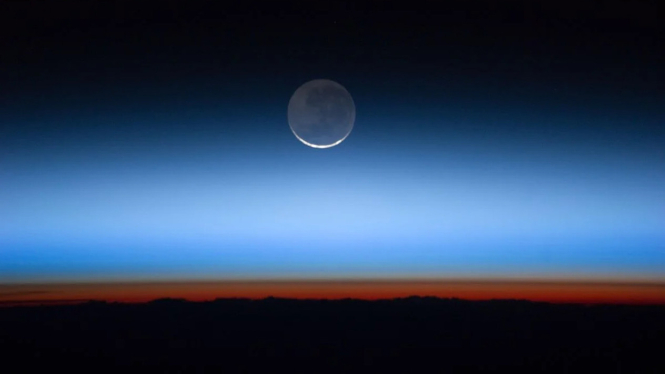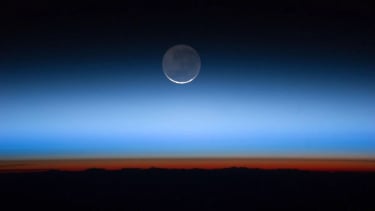- NASA
VIVA – When a spacecraft blasts off the surface of Earth, it eventually exists in our planet’s airspace and enters outer space. Where, precisely, that boundary lies is up for some debates
Many experts cite what’s called the Karman line as that edge of space, which establishes the boundary as the altitude above which conventional aircraft can’t fly. That line is often placed at approximately 62 miles above our planet’s surface.
The Karman Line has many practical uses, but its scientific accuracy has been questioned. Assigning a precise value to the edge of space is anything but straightforward.
“In science, the boundaries we draw don’t exist in nature exactly. “Where a boundary exists is where some quantity changes very rapidly over a short distance… And that is true at this edge of the atmosphere. But what you choose to call space and what you choose to call Earth—that’s a human decision that’s not forced on us by physics.” says Jonathan McDowell, an astrophysicist at the Center for Astrophysics.
Bumi dan Matahari yang dilihat dari luar angkasa.
- Getty Images
Furthermore, the implications of deciding where Earth ends and space begins to go beyond whether or not travelers earn their astronaut wings. Air traffic is typically regulated on the national level, with countries controlling the airspace over their land. Flying too low, for example, has the potential to inadvertently start an international conflict.
But space is intrinsically global, according to McDowell. Different international treaties apply to space. As more nations launch satellites, and private spaceflight companies build a suborbital space tourism industry, defining the distinction between Earth’s airspace and outer space is becoming increasingly important.
The Karman line is based on physics, in that it describes how the characteristics of Earth’s atmosphere at different altitudes affect a craft’s ability to fly. Planes stay airborne largely from the lift generated by their wings against the thickness of Earth’s atmosphere.
But as our atmosphere rises in altitude, it thins. At a certain point, the air is too thin for traditional aircraft, and any craft above that altitude requires a propulsion system, such as a rocket, to remain aloft. That distinction is the Karman line.
The line is named for Theodore von Kármán, an engineer and physicist who was born in Hungary in 1881. He became a prominent expert in rockets during World War II and co-founded the United States’ Jet Propulsion Laboratory.
He is credited as being the first to calculate the altitude above which a craft would need to use a propulsion system to fly.
Von Kármán originally calculated the boundary to be roughly 50 miles above sea level. But, today, the Kármán line is commonly defined as an altitude of around 62 miles or 100 kilometers. The agency that keeps track of standards and records in air and space, the Federation Aeronautique Internationale, also uses this figure to define where space begins.
The thinking behind that round number of 100 kilometers, McDowell says, is that the boundary can’t be defined precisely because of the variability of the atmosphere.
But McDowell wasn’t so sure that was the case. So, he re-examined the history and calculations of the Kármán line in a paper published in the journal Acta Astronautica in 2018. He found that von Kármán’s original calculation was more accurate than previously thought, and with decades of advancement in atmospheric models, the variability is probably only within a few miles of the original 52-mile calculation.
Some scientists have proposed other characteristics to define the boundary between Earth and space, such as the region in a planet's orbit where satellites break apart upon reentry, McDowell remarked.

























